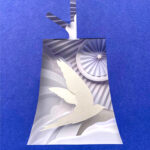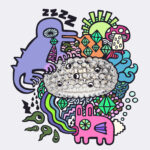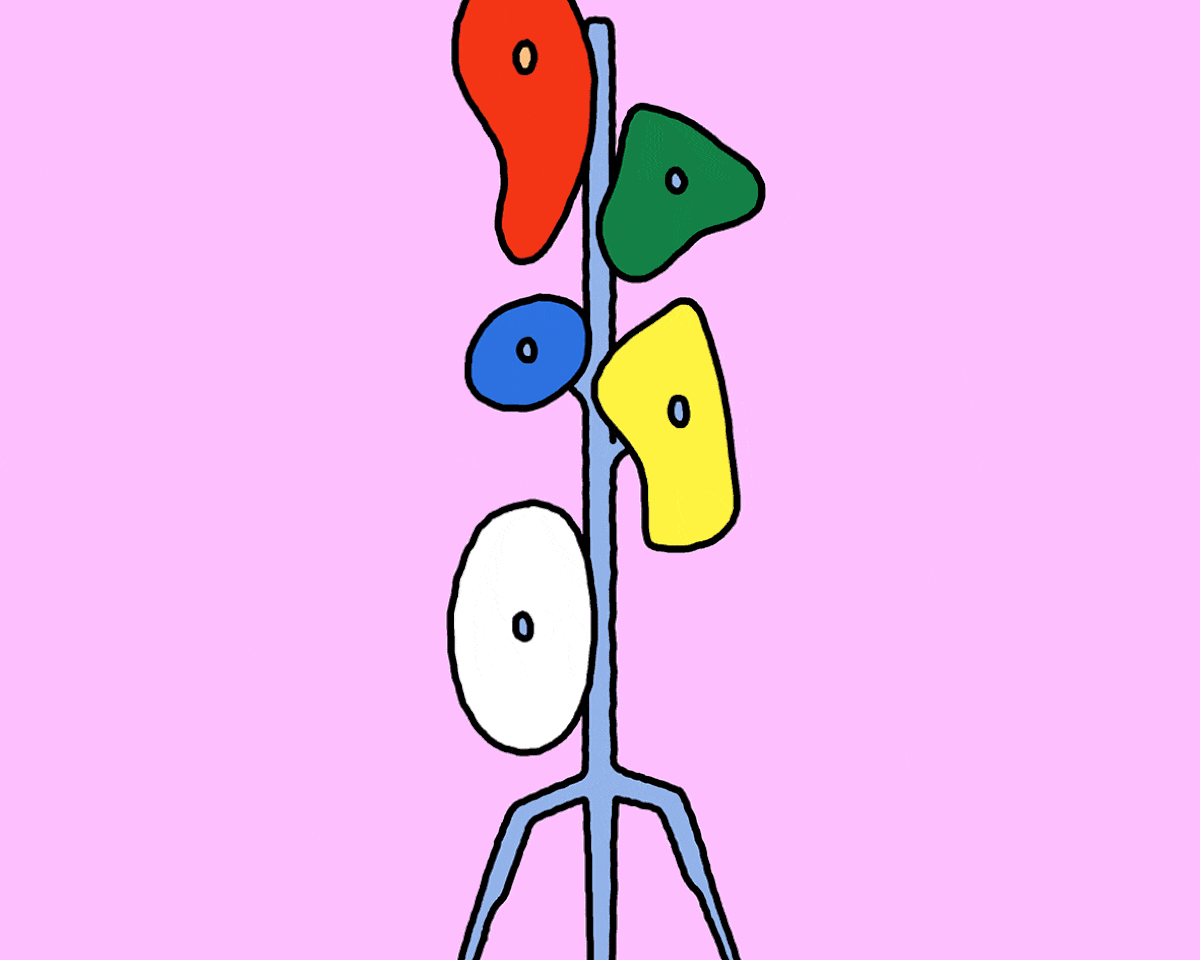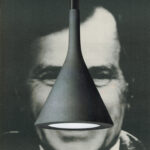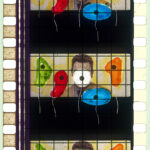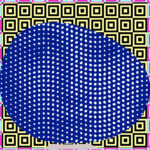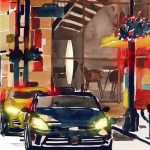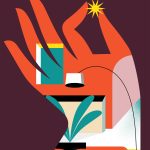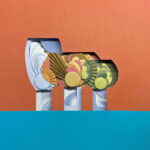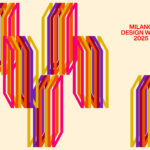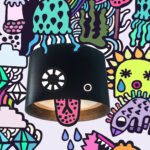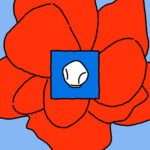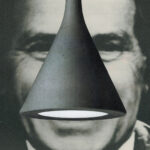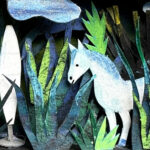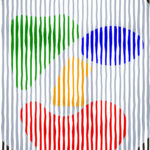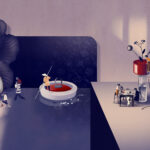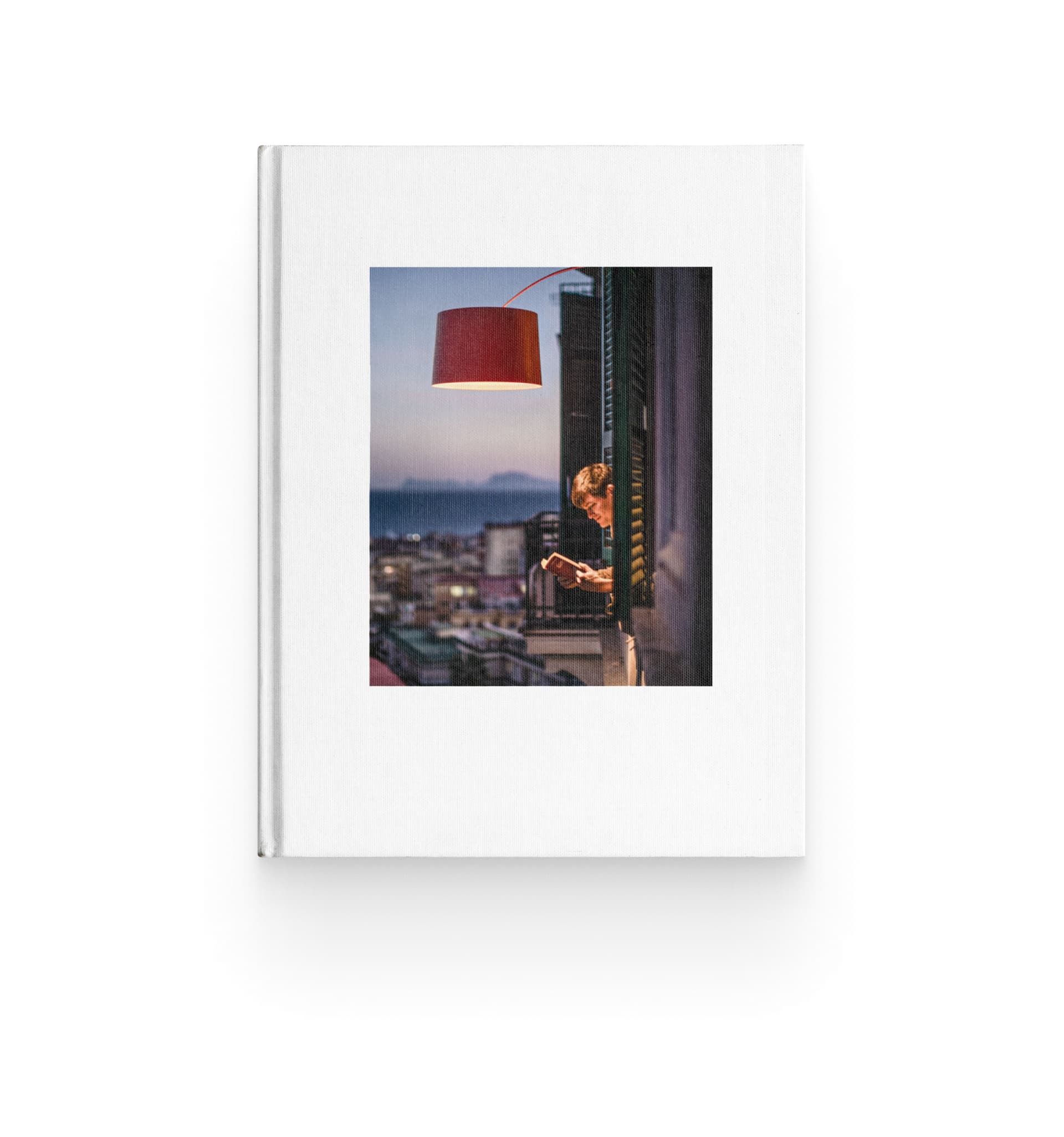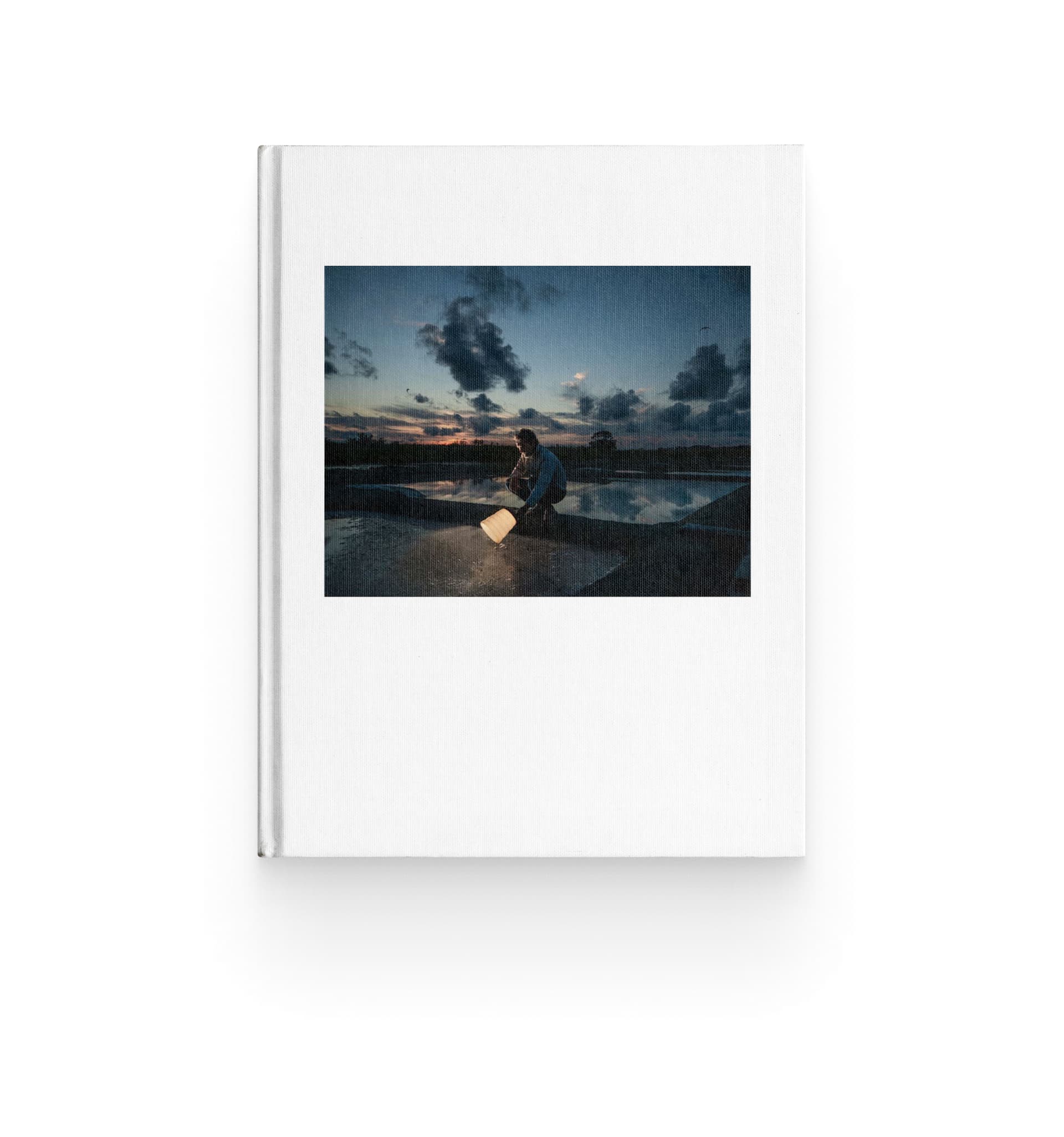What’s in a lamp? Ein kreatives Projekt kuratiert von Foscarini
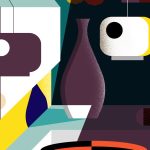
In der neuen Social-Media-Strategie von Foscarini wird der Instagram-Kanal von Foscarini zu einer Bühne, auf der Energie, kreative Freiheit und Forschung die Hauptdarsteller sind. Das Projekt What’s in a lamp? transportiert Geschichten durch Bilder, Animationen und Videos in einem zeitgenössischen Kunstraum, die den narrativen Faden der Marke Foscarini mit ihrem Wesen, ihren Inspirationen und Kollektionen aufgreifen.
Der italienische Leuchtenhersteller Foscarini ist ständig auf der Suche nach originellen und einzigartigen Lösungen. Das gilt nicht nur für Produkte, sondern auch für erzählerische Ansätze. So hat das Unternehmen beschlossen, die branchenüblichen Konventionen der Social-Media-Kommunikation zu überdenken und sein Storytelling auf eine noch nie dagewesene und unverwechselbare Weise weiterzuentwickeln. Der Instagram-Feed @foscarinilamps verwandelt sich in einen virtuellen Ort, der bekannten wie aufstrebenden Vertreter:innen der visuellen Künste Raum bietet, um mit ihren Werken für Erstaunen, Begeisterung und Spaß zu sorgen.
Das vielseitige Projekt lädt internationale Künstler:innen und Content Creators mit unterschiedlichem Hintergrund – von digitaler Kunst über Fotografie und Illustration bis hin zu Motion Art – dazu ein, mit der Foscarini Kollektion zu “spielen” und sich von dem Portfolio an Leuchten verschiedener Designer:innen mit unterschiedlichen Stilen und Materialien inspirieren zu lassen.
“Foscarini ist ein Unternehmen, das von Ideen, Neugierde, dem Wunsch, mit uns selbst und mit neuen Konzepten zu experimentieren, lebt. Wir suchten einen unverwechselbareren, persönlicheren Weg, uns auf sozialen Kanälen zu präsentieren – eine frische Lösung, die sich mit den Grenzen und Merkmalen des Mediums auseinandersetzt und es uns ermöglicht, Raum für Kreativität zu schaffen, Anreize zu sammeln, sie in Beziehung zu setzen, Wissen auszutauschen und Erfahrungen zu kombinieren. Dieses neue digitale Projekt wird originäre Inhalte präsentieren, die durch visuelle Anregungen, in denen unser Licht im Mittelpunkt steht, die Kraft der Ideen aufzeigen.”
CARLO URBINATI
/ PRÄSIDENT UND GRÜNDER VON FOSCARINI
Der erste Beitrag des Projekts stammt von Luca Font, einem vielseitigen italienischen Künstler. Er hat eine originelle Serie von Illustrationen geschaffen, die vom Modernismus inspiriert sind und lebendige geometrische Effekte aufweisen. Ihm folgt der bekannte israelische Illustrator Noma Bar, ein Meister des negativen Raums. Beiträge der Künstler Federico Babina, Oscar Pettersson, Maja Wronska, Kevin Lucbert, Alessandra Bruni, Luccico und anderer folgen. Es sind allesamt einzigartige Stimmen, Stile und Interpretationen, die Gedanken, Empfindungen und Emotionen vermitteln, welche durch Leuchten von Foscarini ausgelöst wurden. Sie betonen die Formen der Entwürfe, arbeiten die Ideen hinter ihren Konzepten heraus oder verstärken die Effekte, die sie in einem Raum erzeugen. Es entsteht ein spannender Katalog voller ungewöhnlicher Ideen und Visionen zum Thema Licht. Foscarini schlägt mit diesem Projekt einen kreativen Weg ein, der die Rolle der Leuchten des Unternehmens bei der Transformation und Definition einer persönlichen Interpretation der häuslichen Umgebung reflektiert.
Folge dem Projekt auf dem offiziellen Instagram-Kanal @foscarinilamps und lass dich von der Magie und den Anregungen der verschiedenen kreativen Interpretationen mitreißen.
